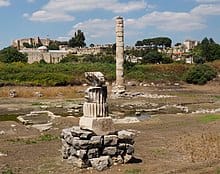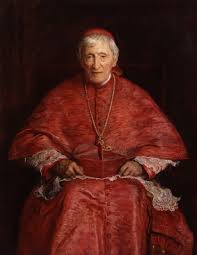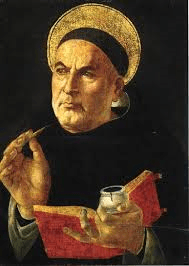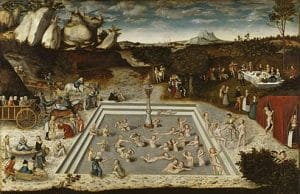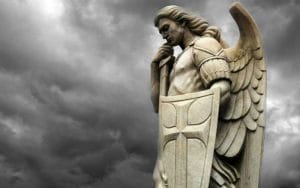Having stood the test of time, St. Thomas Aquinas’ Five Ways remain a reliable means by which to prove the existence of God. The problem, especially in an age steeped in scientistic thinking, is that most people are metaphysically illiterate and unable to really capture the genius behind them and see their great evidentiary power. This calls for those who can understand the proofs to summarize them in such a manner that even the metaphysical novice can understand. Better yet, in a sound-bite culture, it is invaluable to provide a single argument that combines all five into one. Thankfully, there are Thomists in our own age who have done the legwork on this (Fr. Reginald Garrigou-Lagrange’s God His Existence and His Nature and Edward Feser, Five Proofs for God) but their work remains inaccessible to those unschooled in Scholastic Philosophy. It is in this spirit, that this essay tries to translate St. Thomas’ work into a language that can be readily understood, and more important, presented to unbelievers.
The great 20th Century Thomist, Fr. Reginald Garrigou-Lagrange summarized the arguments like this:
“All these arguments can be summed up in a more general one, based on the principle of causality, which may be stated as follows: That which does not exist by itself, can exist only by another, which is self-existent. Now, experience shows that there are beings endowed with activity, life, and intelligence, which do not exist of and by themselves, since they are born and die. Therefore, they received their existence from another, who must be existence, life, and intelligence itself. If such were not the case, we should have to say that the greater comes from the less, the higher form of life from the lower, and that the plurality of beings comes from a primary being less perfect than all the others taken together.”
God: His Existence and His Nature Volume I
An Important Distinction
At the heart of each of the Five Ways is the distinction between what a thing is or its essence and that a thing is or its existence. Once we grasp this distinction, the existence of God logically follows. Everywhere we look we find things that have not always existed. No visible being has as part of its nature, existence. Each being requires that existence be given it by another being. We call these existence-dependent beings, contingent beings.
One of the common mistakes we make in interpreting these arguments is to look at them as proving a First Cause in time. But that is not what they do. They set out to show a First Cause in existence. Contingent beings, beings who do not have existence by nature, require existence be given them not just when they come into being, but in order to remain in being. The fact that a thing exists at each moment would not allow for an infinite regress in causes. But because this is not immediately obvious, we will discuss it briefly.

The chain of causes that we are describing is called an essentially subordinate series. It is labeled as such because in order for the entire series to hold, the First Cause must continually exercise its causal activity. Suppose we have a chain ABCD. C can only cause D because it is being caused by B. Likewise B causes C. You could multiply the causes between B and A, but unless you get to a cause, which we are calling A, that is uncaused, then the chain of causation will never occur. There must be a cause that does not itself require a cause in order for any link of the causal chain to connect.
Recall that this causal chain is not tracing back in time like an ancestral tree where a grandmother ceases to exercise causal power on her grandson, but is horizontal in holding a being in existence here and now. St. Thomas uses the analogy of a man using his arm to push a stick that moves a rock. If the man ceases to exercise his free will in moving his arm, then the stick ceases to move and the rock remains stationary.
Once we eliminate the possibility of an infinite regress, we can see how the proof leads us to God. If there must be an uncaused cause, a being who does not get existence from another source, then we can say this being’s essence includes existence. We call this being the necessary being. More accurately we would say that this Being because his essence is to exist is existence itself. And we call this Being God or “I AM”.
The Five Ways and the Way
This obviously does not take us all the way to the Christian God as He has revealed Himself. Reason could never get us there. But it does, in a certain sense, lead us up to the time of Moses. God revealed Himself to Moses as Being Itself, “I AM WHO AM” because it was the foundation upon which He was to reveal Himself not just as Being Itself, but Being Who is here for you right now. Once we grasp that it is God Who doesn’t just create us and leave us to our own devices, but instead holds us in existence at each moment, the Christian message becomes more accessible. If God is holding us in existence then He must will to do so. He wills not in some disaffected way, but because He sees our existence as something good. And not just “our” but mine and yours individually. He wills it because He loves the good that we are. We need only open ourselves to the fullness of that love so that we don’t merely exist as creatures but are crowned as sons.
By adding the Christian conclusions to our philosophical findings, we come to realize why St. Thomas should never be seen as some dry intellectual philosopher. He saw all of his work as leading us back to God, including his proofs for his existence. We too may grasp this when we set to succinctly give his reasons for believing, not just to win arguments, but to win souls. The Five Ways ultimately lead us to the Way Himself.



